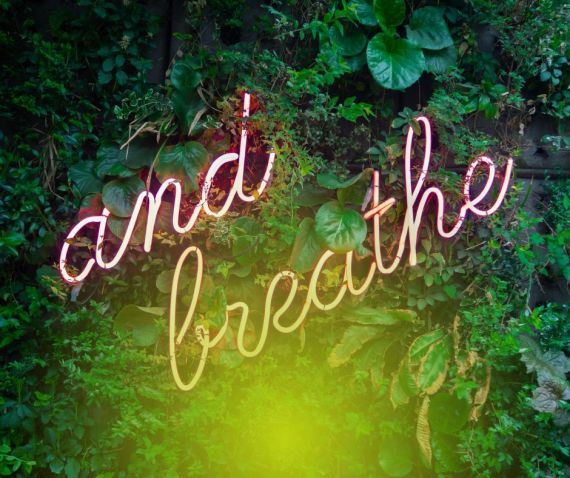One breath at a time
Breathing is an automatic process that we perform without even thinking about it. However, there are times when you may need to change the way you breathe, such as when you exercise.
The anatomy of a breath
With each breath, your abdomen area will expand and contract; you can feel this in your ribs as they expand. Your diaphragm is the primary muscle used for breathing. As you inhale for your breath, your diaphragm tightens, allowing your lungs to expand into the space in your chest. When you inhale, air enters your lungs, and oxygen from that air moves to your blood. Effective use of the respiratory system ensures that we're breathing well and correctly.
Bad breathing habits and some reasons for them
Anxiety and stress have a significant impact on bad breathing habits. For example, panic attacks tend to be triggered by anxiety. And during these panic attacks, people often over-breathe and can start hyperventilating. In turn, you may breathe in more oxygen than your body needs.
Another bad habit for many of us is when shallow chest breathing starts to seem normal, increasing tension. Shallow breathing can turn into panic attacks, which can also cause other issues such as dry mouth, fatigue, respiratory problems, and cardiovascular issues. It can also create tension in other parts of the body and lead to many everyday problems.
Why are good breathing habits important?
Every system of the body relies on oxygen. Good breathing habits support the function of our respiratory, cardiovascular, cardiorespiratory, and nervous systems and may even improve your immune system.
The lungs remove a considerable amount of toxins from our bodies; therefore, shallow breathing will reduce this effectiveness.
Good breathing habits also relieve stress. Meditation is a relaxing and therapeutic way to practice good breathing habits to help reduce stress levels, help with insomnia, and can reduce symptoms of anxiety.
How the weather can affect your breathing
You may notice it can be easier to breathe in different weather conditions. In summertime and humid conditions, it is essential to stay hydrated by drinking plenty of water and, if possible, stay indoors in an air-conditioned space. Breathing in hot and humid air can cause airway inflammation and affect those who have asthma.
Cold weather can affect your lungs and breathing patterns due to the dry air you breathe in.
Tips to improve your breathing
Practice good posture. Good posture helps to free up the respiration space and encourages full function of the diaphragm as it helps to ensure that your chest and the thoracic region of your spine.



